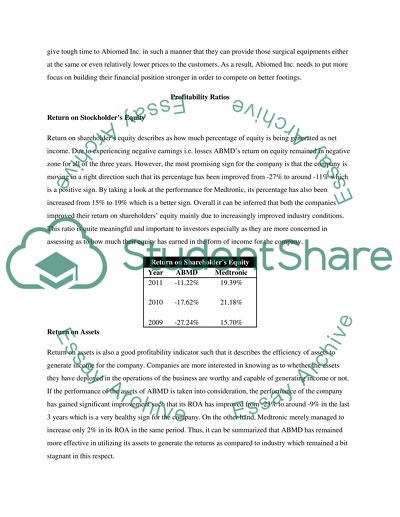Cite this document
(“Financial Analysis of Abiomed Incorporation Research Paper”, n.d.)
Retrieved from https://studentshare.org/finance-accounting/1397579-financial-analysis-project
Retrieved from https://studentshare.org/finance-accounting/1397579-financial-analysis-project
(Financial Analysis of Abiomed Incorporation Research Paper)
https://studentshare.org/finance-accounting/1397579-financial-analysis-project.
https://studentshare.org/finance-accounting/1397579-financial-analysis-project.
“Financial Analysis of Abiomed Incorporation Research Paper”, n.d. https://studentshare.org/finance-accounting/1397579-financial-analysis-project.


